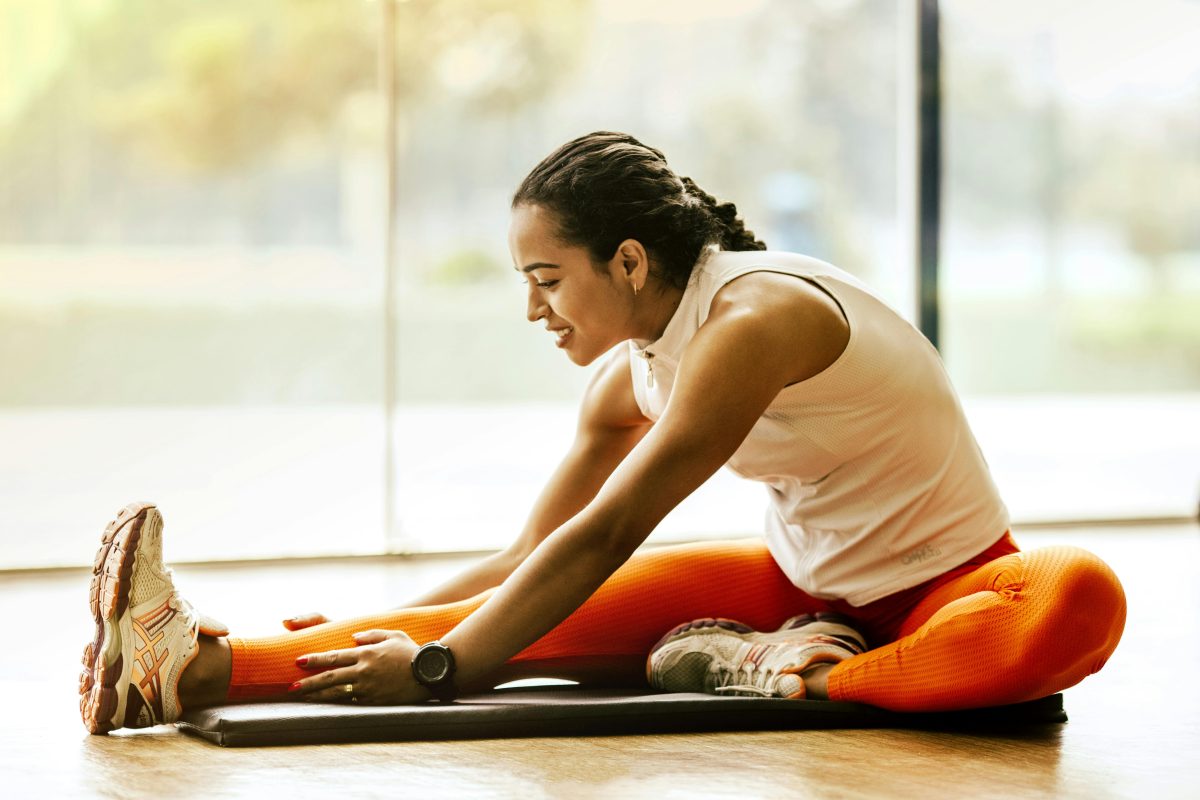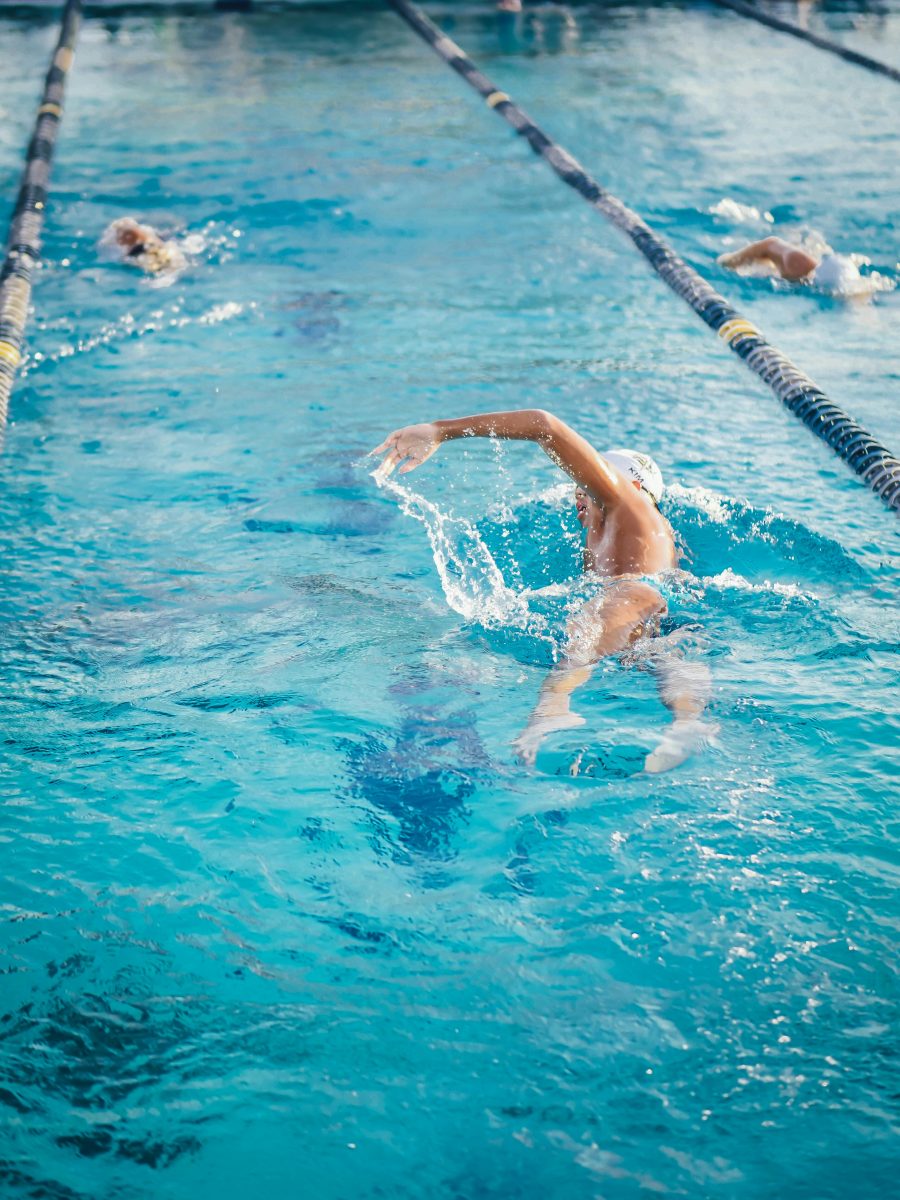Last Updated on: 14th July 2024, 09:06 am
Introduction to Indoor Rowing

Indoor rowing stands as a beacon of fitness, offering a comprehensive workout that engages multiple muscle groups simultaneously. This fitness activity, mimicking the motion of watercraft rowing, has evolved from its humble beginnings into a staple in gyms worldwide. The rowing machine, or ergometer, has undergone significant transformations since its inception, becoming more sophisticated with technology that accurately measures performance metrics.
- Accessible to people of all fitness levels, indoor rowing has cemented its place in the fitness community.
- Whether it’s the allure of a low-impact, high-intensity workout or the convenience of training in any weather, indoor rowing attracts a diverse following.
- The evolution of the rowing machine mirrors the growth of indoor rowing itself—from a niche training tool to a beloved fitness activity, it’s a journey marked by innovation and accessibility.
The Mechanics of Proper Rowing Technique

Mastering the rowing stroke is pivotal for maximizing the benefits of indoor rowing. The stroke can be broken down into four main phases: the catch, drive, finish, and recovery. Each phase plays a crucial role in the effectiveness of your workout.
Understanding the Basic Rowing Stroke
- The catch: where it all begins, with shins vertical and body leaning forward from the hips.
- The drive: push through the legs, engage the core, and pull the arms towards the chest.
- The finish: leaning back slightly, handle pulled to the lower ribs.
- The recovery: the return journey to the catch position, preparing for the next stroke.
It’s a fluid motion, a rhythmic dance between power and grace.
Common Mistakes and How to Avoid Them
- Rushing the recovery or skipping the catch, leading to a less efficient stroke.
- Neglecting posture, slouching, or leaning too far back at the finish, which can strain the back.
The Importance of Posture and Alignment
Proper posture and alignment are the backbone of effective rowing. They not only prevent injury but also ensure that each stroke is as powerful as possible. Imagine a string pulling you up from the crown of your head, elongating your spine and engaging your core. This visualization helps maintain the correct posture throughout the rowing session, translating to better performance and more calories burned.
Setting Up Your Indoor Rowing Machine

Choosing the Right Rowing Machine: Factors to Consider
- Resistance type: air, magnetic, hydraulic, or water.
- Size and footprint: crucial for those with limited space.
- Durability and weight capacity: ensure a long-lasting, stable rowing platform.
- Adjustable features and ergonomic design: to accommodate different body types and comfort preferences.
Adjusting Your Rowing Machine for Optimal Performance and Comfort
Once you’ve chosen your rowing machine, fine-tuning it to fit your body is key. Adjust the foot straps for a snug, secure fit, ensuring your feet are positioned correctly on the footplates. The seat should allow you to sit comfortably with your knees slightly bent at the catch position. For those machines with adjustable resistance, start lower to master form before increasing intensity. This personalized setup not only boosts comfort but also maximizes the efficiency of your workout.
Maintenance Tips to Keep Your Machine in Top Condition
- Wipe down the machine after each use to prevent sweat buildup.
- Inspect all moving parts periodically for signs of wear and tear, tightening any loose bolts and replacing worn components as necessary.
- For water rowers, change the water every few months to prevent algae growth.
Indoor rowing stands as a beacon of fitness, offering a comprehensive workout that challenges both strength and endurance. By carefully selecting, adjusting, and maintaining your rowing machine, you create a foundation for success in your fitness journey. Let each stroke bring you closer to your health goals, powered by the knowledge that you’ve optimized your equipment for peak performance and comfort.
Health and Fitness Benefits of Indoor Rowing

Cardiovascular Improvements and Endurance Building
Indoor rowing is a powerhouse for cardiovascular health, significantly enhancing heart function and lung capacity. This activity elevates your heart rate, promoting efficient blood circulation and oxygen distribution throughout the body. Over time, consistent rowing sessions lead to improved endurance, enabling you to perform physical activities longer without fatigue.
Full-body Workout: Muscles Targeted by Indoor Rowing
- Legs: The leg drive activates your quads and calves.
- Back, shoulders, and arms: Engaged during the pull.
- Core: Remains engaged throughout, stabilizing your entire body.
Weight Loss and Metabolic Benefits
Rowing is an exceptional calorie burner, aiding in weight loss and boosting metabolism. The intense full-body workout it provides increases muscle mass, which in turn accelerates your metabolic rate. This means you’ll continue to burn calories even after your workout is done, contributing to long-term weight management and health.
Mental Health Benefits: Stress Reduction and Improved Focus
The rhythmic nature of rowing not only benefits the body but also the mind. It serves as a form of moving meditation, reducing stress and anxiety levels. The focus required to maintain technique and rhythm during rowing can also improve overall concentration and mental clarity, making it a holistic workout for both mind and body.
Training Programs and Workouts for Indoor Rowing

Developing a Training Plan: Beginner, Intermediate, and Advanced Levels
Embarking on an indoor rowing journey begins with crafting a tailored training plan. For beginners, the focus is on mastering technique and gradually increasing duration. Starting with short, 5-10 minute sessions helps build foundational skills without overwhelming the body. Intermediate rowers, familiar with the basics, can extend their sessions to 20-30 minutes, incorporating variations in pace and resistance. Advanced enthusiasts should aim for 45-60 minutes, challenging themselves with high-intensity intervals and sustained efforts at a vigorous pace.
Variety in Workouts: Interval Training, Distance, and Time Trials
Injecting variety into your workouts prevents plateaus and keeps the regimen engaging. Interval training, alternating between high-intensity bursts and recovery periods, boosts cardiovascular health and endurance. Distance workouts, aiming for a set number of meters, focus on stamina and pacing. Time trials, racing against the clock, enhance speed and power. Each type offers unique benefits, ensuring a well-rounded fitness profile.
Incorporating Indoor Rowing into a Cross-Training Regimen
Indoor rowing complements other forms of exercise splendidly, making it an ideal component of a cross-training regimen. Its low-impact nature allows for recovery days, reducing the risk of overuse injuries common in high-impact activities. Rowing’s full-body engagement also ensures balanced muscle development, supporting performance in other sports and activities. Integrating rowing sessions 1-2 times a week can significantly enhance overall fitness, providing a refreshing break from routine while maintaining momentum towards your goals.
Whether you’re just starting out or pushing the limits of your fitness, indoor rowing offers a scalable, dynamic workout that meets you where you are. By developing a structured training plan, embracing workout variety, and incorporating rowing into your cross-training, you unlock a world of health and fitness benefits. Let each stroke on the rower take you closer to your peak physical condition, proving that with the right approach, indoor rowing is more than just an exercise—it’s a journey towards a healthier, stronger you.
Overcoming Challenges and Staying Motivated

Common Challenges for Beginners and Solutions
- Technique: Focus on form over speed, allowing your body to adapt to the new movements.
- Endurance: Gradually increase your rowing time to build endurance.
- Consistency: Stick to a regular schedule to foster consistency.
Remember, every rower starts somewhere, and progress is a steady journey, not a sprint.
Setting Goals and Tracking Progress
- Set Clear Goals: Whether it’s rowing for a certain time or reaching a distance milestone.
- Track Your Progress: The satisfaction of ticking off a completed goal can be a powerful motivator.
- Adjust Goals: As you advance, adjust your goals to keep them challenging yet attainable.
Ensuring you’re always rowing towards improvement.
Finding Your Community
Embarking on an indoor rowing journey need not be solitary. Joining clubs or online groups connects you with fellow rowing enthusiasts. These communities offer support, advice, and camaraderie, making your workouts more enjoyable and less daunting. Sharing experiences and celebrating each other’s victories can be incredibly uplifting, propelling you forward when motivation wanes.
Overcoming the initial challenges of indoor rowing is part of the transformative experience. By setting goals, tracking your progress, and engaging with a supportive community, you’ll not only stay motivated but also relish the journey. Let each stroke be a testament to your resilience, and watch as the challenges that once seemed insurmountable become the milestones of your fitness success story.
The Future of Indoor Rowing

The landscape of indoor rowing is rapidly evolving, driven by technological advancements that are transforming rowing machines into sophisticated training partners. Modern ergometers now come equipped with features like Bluetooth connectivity, enabling users to track their progress in real-time, join virtual races, and even simulate water rowing conditions. This leap in technology not only enhances the user experience but also maximizes the effectiveness of each workout.
Parallel to these advancements, the indoor rowing community is flourishing. Social media platforms and dedicated rowing apps have fostered a global network of enthusiasts who share tips, celebrate achievements, and challenge each other in virtual competitions. This sense of community not only motivates individuals to push their limits but also elevates indoor rowing to a competitive sport, accessible from the comfort of one’s home.
As awareness of environmental sustainability grows, indoor rowing stands out as a green fitness trend. It requires no electricity (except for digital features that use minimal power) and offers a high-intensity, low-impact workout that is kind to both the body and the planet. Its appeal is broad, attracting those who seek an effective, eco-friendly exercise regimen. With its combination of accessibility, community support, and environmental benefits, indoor rowing is poised to remain a key player in the fitness world for years to come.
Indoor rowing’s trajectory is clear: it is moving towards an even more connected, competitive, and sustainable future. As technology continues to advance, the rowing machine will become an even more integral part of fitness routines worldwide, offering a workout that is as mentally engaging as it is physically challenging. The growing community and competitive aspect ensure that, whether you’re rowing solo or as part of a global event, you’re part of a movement that celebrates strength, endurance, and the spirit of competition.
In Closing
Indoor rowing reshapes fitness landscapes. It’s a journey of strength and serenity. Through the rhythmic dance of rowing, individuals navigate the challenges of mastering technique, building endurance, and fostering community, transforming these hurdles into milestones of personal achievement. This article has charted a course from the basics of rowing technique to the advanced strategies of training programs, underscoring the holistic benefits of this dynamic exercise. Embrace the rower’s path: let every stroke propel you toward a healthier, more connected future.
Indoor Rowing: Techniques and Benefits FAQs
Yes, indoor rowing can significantly aid in weight loss by burning calories efficiently. A vigorous rowing session can burn between 400-700 calories per hour, depending on intensity and individual effort. Coupled with a balanced diet, it can create a calorie deficit necessary for weight loss.
To prevent back pain while rowing, maintain a neutral spine and engage your core throughout the workout. Proper form, including avoiding excessive leaning back or hunching over, is crucial. Adjusting the foot straps and seat position to ensure a comfortable reach can also reduce strain on the back.
Progress in indoor rowing can be tracked by monitoring improvements in distance, speed, and overall endurance over time. Many rowing machines offer built-in monitors that track these metrics, allowing users to set goals and measure their achievements. Keeping a log of workouts can also help in identifying trends and areas for improvement.
Indoor rowing is an excellent cardiovascular workout that increases heart rate and blood flow. It engages multiple muscle groups in a low-impact manner, improving heart health and endurance. Regular sessions can help lower blood pressure and improve overall cardiovascular fitness.
To see fitness improvements, it is recommended to practice indoor rowing 3-4 times a week. Consistency is key to building endurance and strength over time. Balancing rowing with rest days and other forms of exercise can prevent overuse injuries and promote overall fitness.
Indoor rowing is suitable for all fitness levels, from beginners to advanced athletes. The resistance can be adjusted to match the user’s strength and endurance, making it a versatile workout option. It also offers a low-impact alternative for those with joint concerns.
Indoor rowing can improve mental health by reducing stress, anxiety, and depression symptoms. The rhythmic nature of rowing and the endorphin release associated with exercise contribute to a sense of well-being. Regular participation can also improve sleep quality and cognitive function.
The correct technique for indoor rowing involves a sequence of the catch, drive, finish, and recovery. This sequence ensures efficient movement and reduces the risk of injury. Proper posture and grip are also crucial to maximize the benefits of the workout and prevent strain.
Air resistance rowers adjust the difficulty based on the rowing speed, offering a dynamic and natural rowing experience. Magnetic resistance rowers provide a quieter and smoother operation, with resistance levels that can be manually adjusted. Each type offers unique benefits, depending on the user’s preference for feedback and resistance feel.
Indoor rowing works a wide range of muscles including the legs, back, arms, and core. The drive phase primarily engages the legs and glutes, while the finish uses the back, shoulders, and arms. The core is constantly engaged to stabilize the body throughout the stroke.
Orlando is a all round athlete from Australia, now resident in Germany. His sports of passion of American Football(Offensive line), weight training and indoor rock climbing where he uses his 195cm wing span to his advantage.



